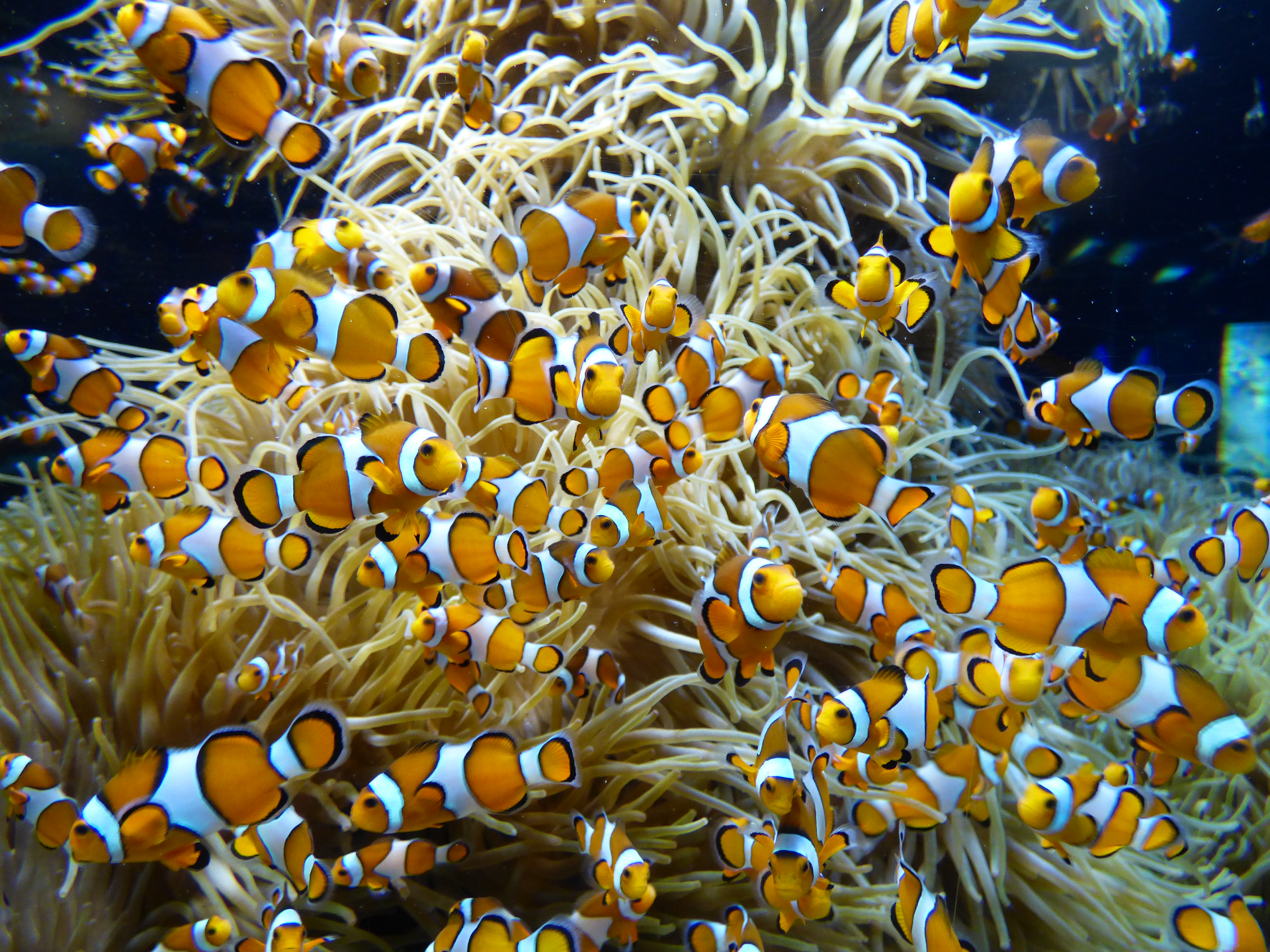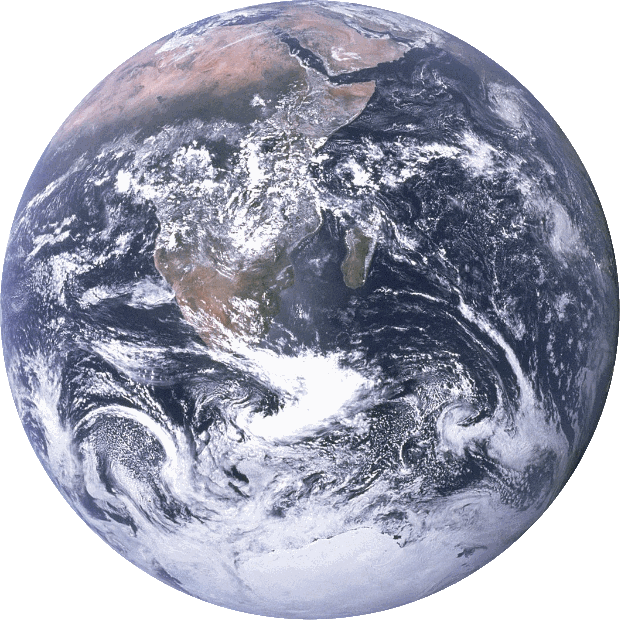Publication Abstract
- Title
-
A statistical study of environmental influences on bivalve recruitment in The Wash, England
- Publication Abstract
-
A statistical study of the environmental influences on bivalve recruitment in the Wash, England
E.F. Young, G. R. Bigg and A. Grant
Recruitment of 2 commercially important bivalves in the Wash (England) is shown to be influenced by atmospheric circulation patterns and preceding winter (January and February) mean sea temperature anomaly. The availability of Lamb daily classifications of synoptic weather patterns over the British Isles permits correlations between weather patterns and fishery records for the past century. Cerastoderma edule (common cockle) recruitment was high when there was a high frequency of the Easterly Lamb circulation type during the months April to July, and in particular during June. This corresponds with a high frequency of easterly winds. It is hypothesised that these easterly winds induce currents which act as a mechanism to retain larvae close to suitable settlement sites. Mytilus edulis (common mussel) recruitment was not strongly affected by Lamb circulation types. However, cold winters were associated with increased mussel recruitment. Cold winters may reduce or delay predation due to crabs, thus reducing post-settlement mortality, and may also induce a reduction in maintenance metabolism, thus increasing the quality and quantity of larval production. These results suggest that events in the plankton may be an important determinant of C. edule populations, while they appear to be less important in structuring M. edulis communities.
Reference:
E.F. Young, G.R. Bigg and A. Grant, 1996. A statistical study of the environmental influences on bivalve recruitment in the Wash, England. Marine Ecology Progress Series, 143: 121-129.
- Publication Internet Address of the Data
- Publication Authors
-
E.F. Young*, G.R. Bigg and A. Grant
- Publication Date
- January 1996
- Publication Reference
-
Marine Ecology Progress Series, 143: 121-129
- Publication DOI: https://doi.org/


